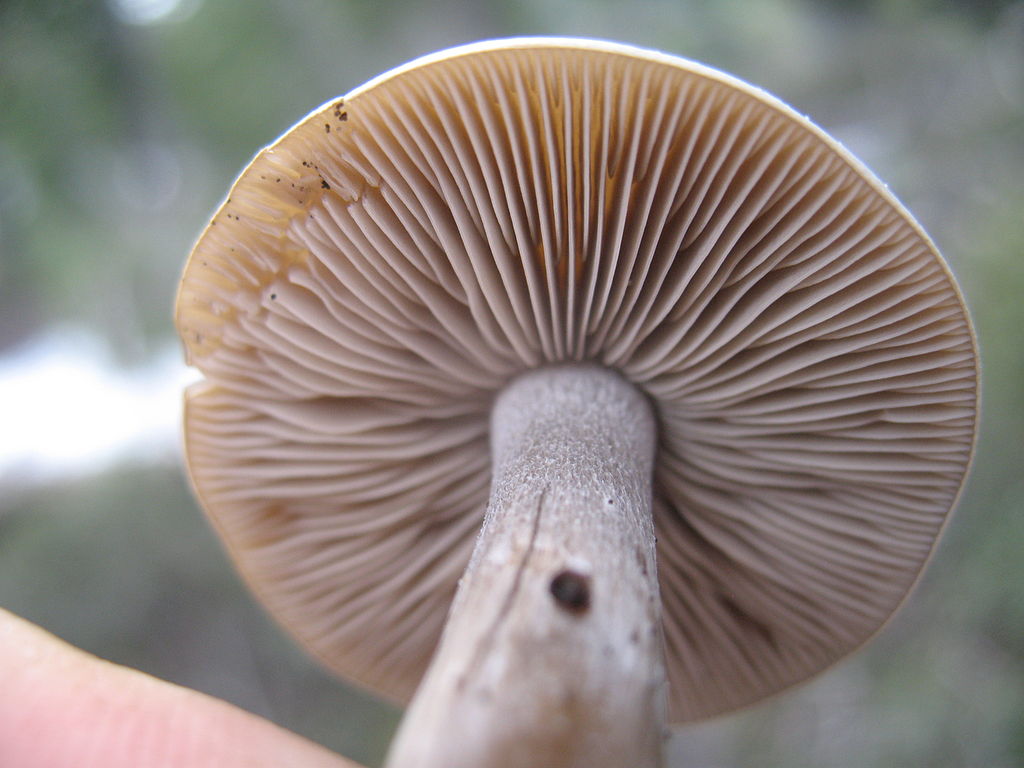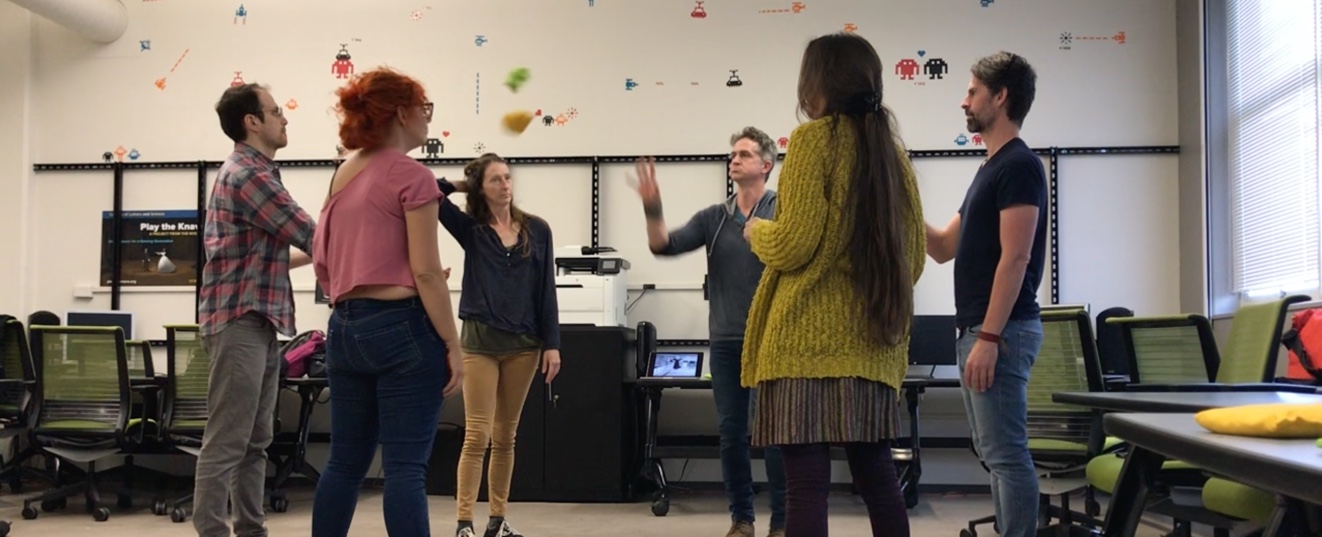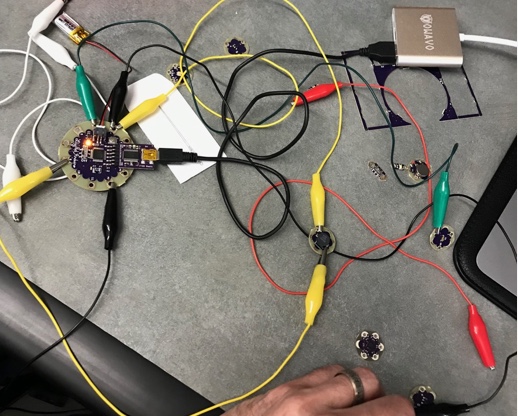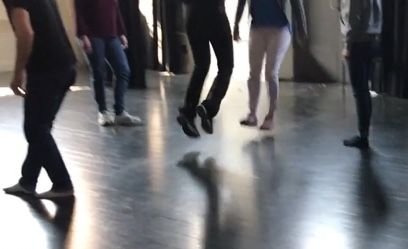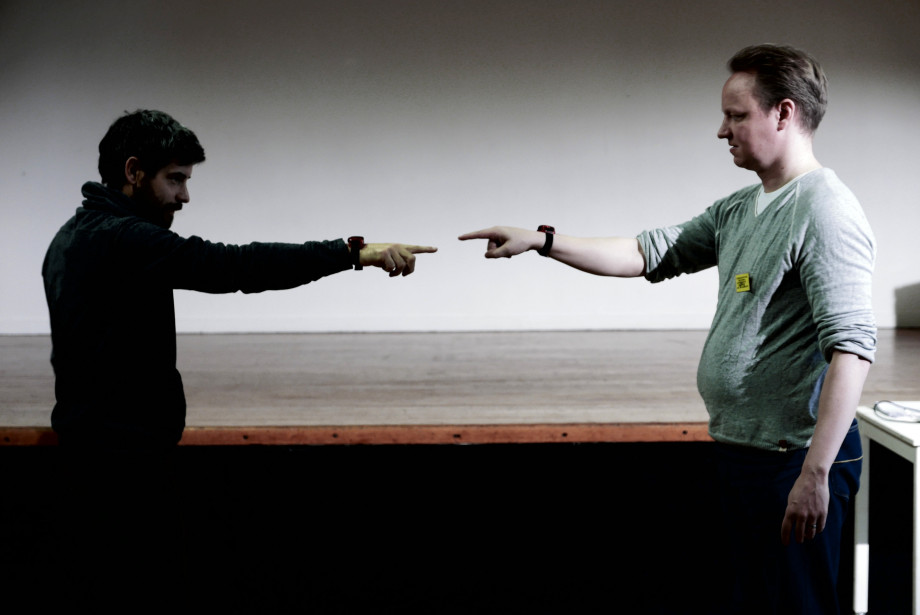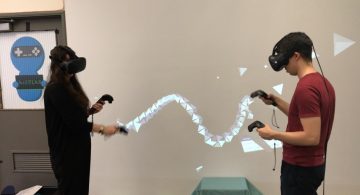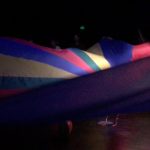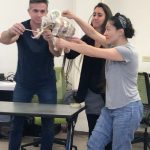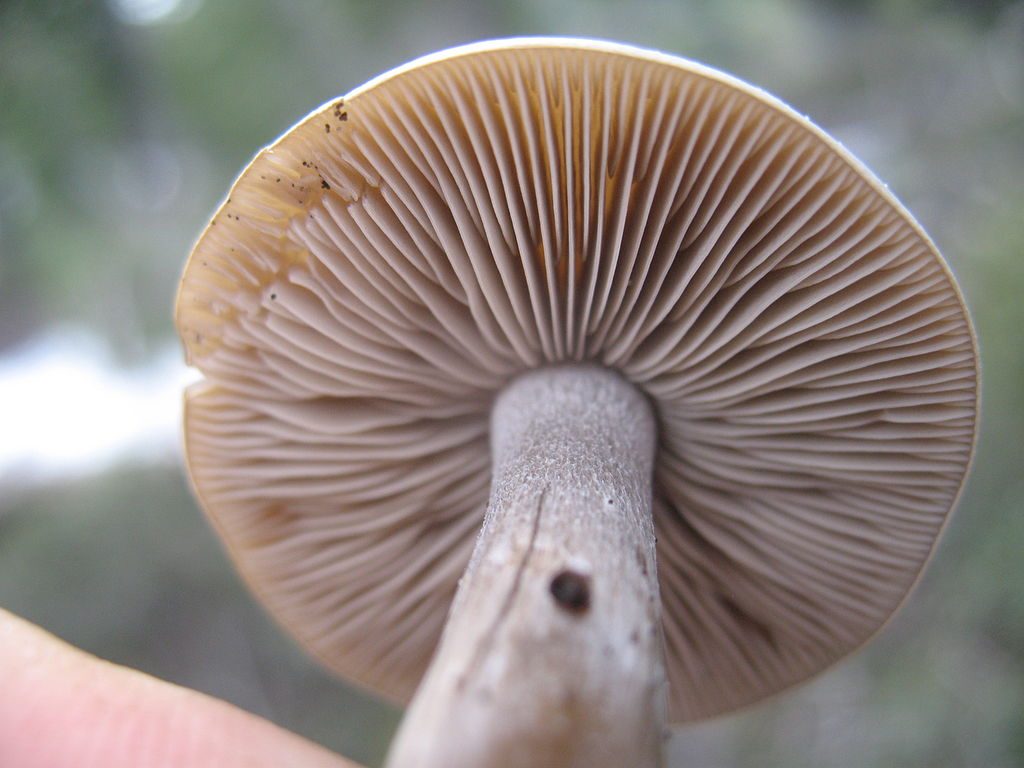
How can we experiment with and invent forms of group improvisation that we can also rigorously study? Working with experts in dance scores, movement practices, theatre games, game making, puppetry, cooperative virtual reality and more, we are trying to figure out how to translate between those who recognize “good improvisation” and experiences of “being in flow” and various forms of measurement. What makes moment “when we are all together”? How can we characterize its qualities? Can it be rendered quantitative, physiological, computational, or not?
The labs organizing principles:
- Create spaces and times for shared experience/experimentation. Take time.
- Stay open, attend to differences, especially neurodiversity, and always ask why we are doing this.
- Start with what we have, our skills, training, teaching, ideas, practices, equipment, and desires (so far these include group juggling, movement improvisation, bunraku puppetry and virtual reality).
- Connect with other collaboratories, co-invent, share happenings, and co-teach across them.
- Make platforms that are open content, public, and modifiable.
- Choose over-crediting rather than under-crediting. Note who is in the room and who is in the room even when they are not.
- Attend to our metaphors and paradigms, how they enable and limit our thinking and doing.
- Prioritize the above goals before thinking about experiments, equipment, measurements, and publications.
We are whoever shows up. Joe will be spending time at the ModLab this spring on most Thursday and Friday afternoons working to create and further develop group improvisation projects (live, VR, and otherwise). We are modeling our initial questions on research started by Asaf Bachrach, Tommi Himberg, and others at Labodance and ongoing projects in Paris (JointImprovisationLab, SpatialMediaLab) . We are collaborating with them when possible, and with the InteractingMindsCentre (Aarhus University, Demark). There is no requirement to join GILLabS, nor to stay. We have a lot to learn regarding what this means. Everything is made public, on this website if possible. Anyone can use it and modify it, hopefully while over-crediting.
At the first “Joint Improvisation Meeting” (JIM), held in Paris, 2015, organizers Asaf Bachrach, Ivan Magrin-chagnolleau, and Lior Noy defined the problem as follows:
We understand joint improvisation as an artistic form involving two or more performers engaging in multiple real-time interactions: with each other, with the audience and with the emerging content. Improvisers freely explore, within some boundaries, a large space of possibilities for new joint discoveries. While joint improvisation has long standing history in dance, music and theatre, its scholarship as a unified phenomenon, in particular from a scientific perspective, is still in its infancy. Moreover, the perspective of joint improvisation is useful in studying a range of human phenomena beyond the boundaries of the artistic arena, including conversation, scientific co-discovery and the dynamics of groups operating in emergency situations. The “Science of Joint Improvisation” meeting aims to bring together researchers from a number of different fields to establish a rigorous study of joint improvisation.
